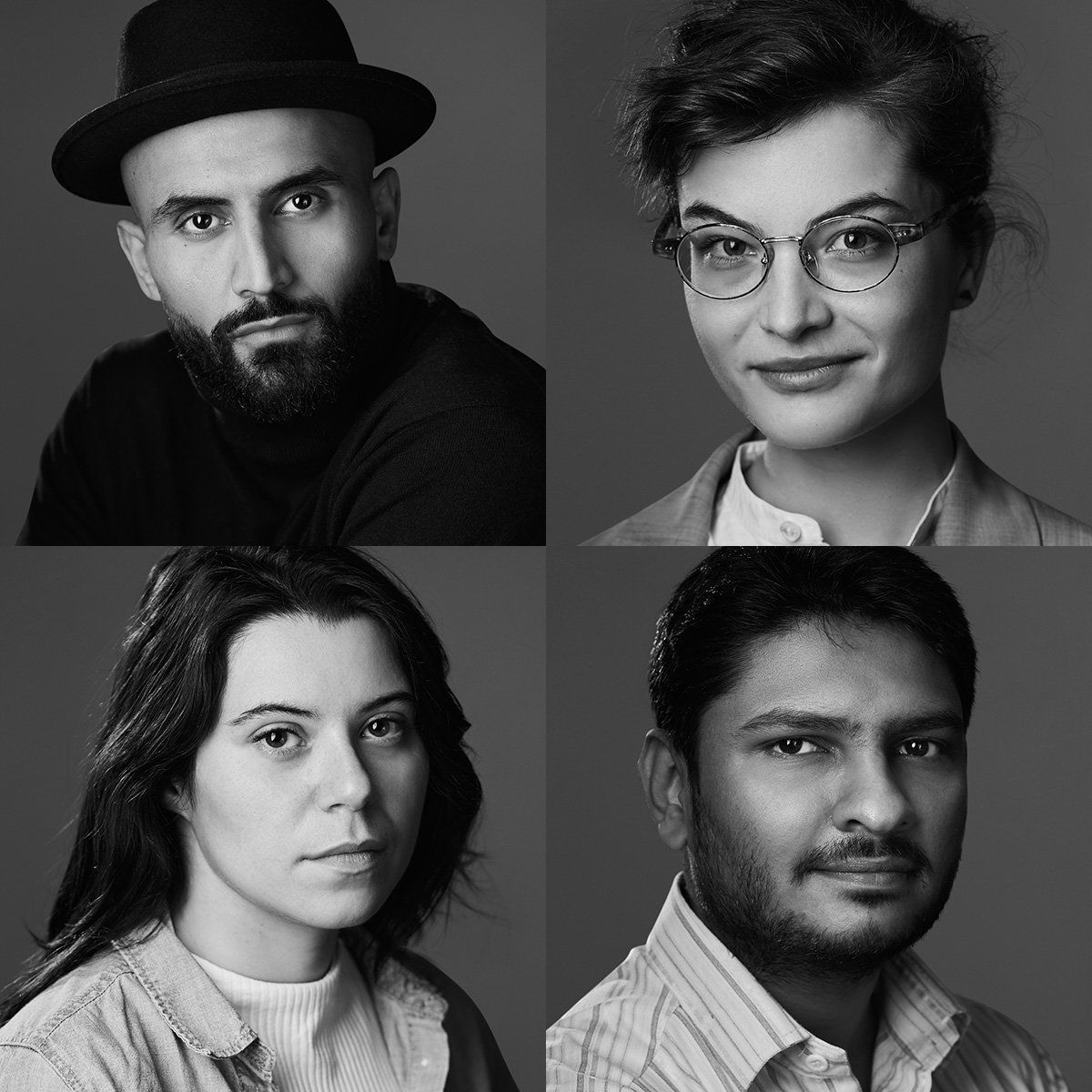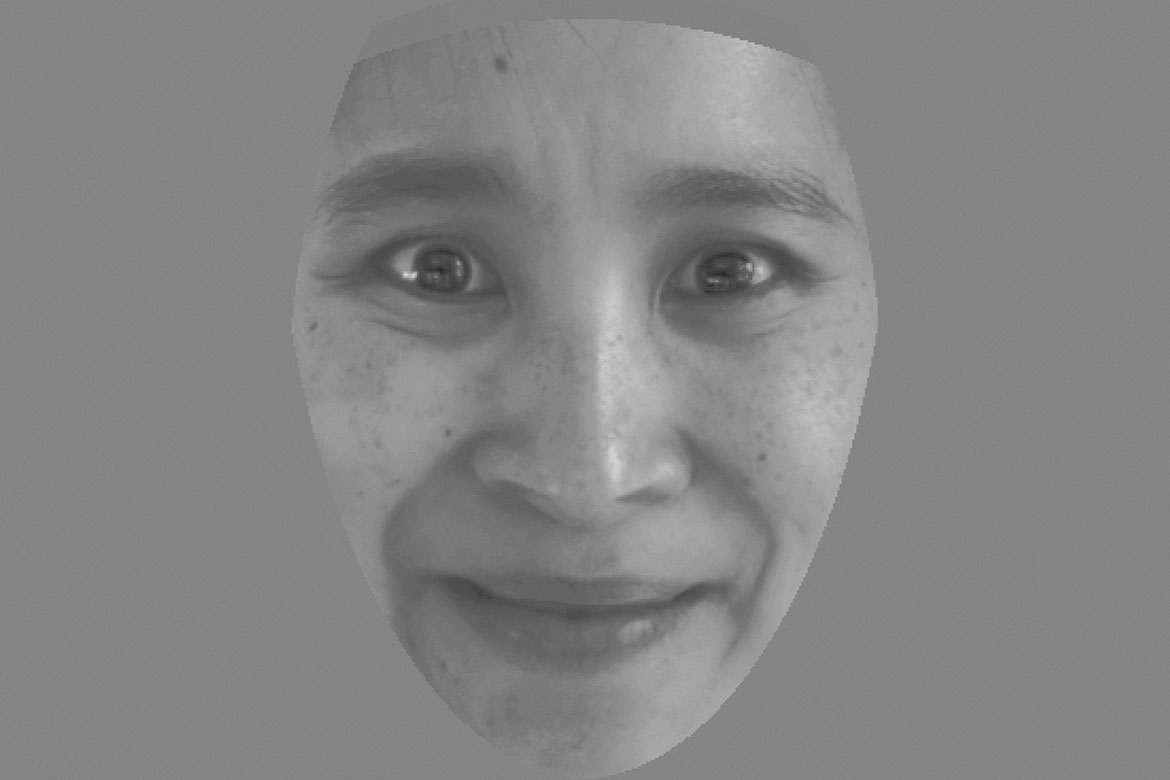Feature: Diversity in the academy
The many faces of difference
A lawsuit about inverted racism at a US university provided the trigger for the modern diversity movement at our universities. The history of diversity, and how it is interpreted, is as varied as its name implies. Horizons offers an overview.

The mathematician Vivian Malone was one of the first African Americans to go to university. Here, she is seen making her way through a crowd that includes photographers, members of the National Guard and the U.S. Deputy Attorney General. Malone later became the first African American to be elected to the Executive Committee of the Association for Women in Mathematics. | Photo: K. Warren Leffler/Library of Congress
Allan Bakke felt unjustly treated. He was a white Californian who had better grade averages than some of his co-applicants who happened to be African American. Nevertheless, in 1973 and 1974, the University of California refused him entrance into its medical school. The university had introduced a fixed quota – 16 out of 100 study places – in order to provide minorities with better opportunities. By the time Bakke decided to study medicine he was already 34, a Vietnam War veteran, and had previously completed studies in engineering. He was turned away by California for being too old.
Bakke filed a suit against the university, referring not to his age but to the quota for minorities that had lessened his own chances of success. This so-called affirmative action programme was not anchored in the Constitution, he claimed. In 1978, his case finally reached the US Supreme Court, which ruled that Bakke had to be allowed into the study programme. But at the same time, it decided that programmes instituted to combat disadvantage were also necessary – in other words, programmes that practised positive discrimination. This is why its decision is regarded as a milestone in the history of diversity at universities and in research.
Ancient Rome, the Church Fathers and the post-war period
Demands for ‘diversity’ have become increasingly strident and self-assured in recent decades. So it’s only right that we should take a closer look at what the word means. ‘Diversity’ basically means variety or homogeneity. But the concept has a long history and a multiplicity of interpretations. We find it in very different contexts, long before it became so important in recent political and social debates.
The notion that diversity is something positive to which we should aspire is something we already find in Ancient times (it also comes from the Latin ‘diversitas’). In Roman culture in particular, diversity was regarded as an important aesthetic category. Ultimately, the Roman Empire itself was a very diverse entity, its polytheistic religion was similarly based on diversity, and the Romans wanted to reproduce this diversity elsewhere too. This way of thinking was even adopted by Christian authors such as St Augustine (despite their monotheism). Their task was “to praise God in His diversity of appearances in the world”, as the German philosopher and biologist Georg Toepfer has written in his ‘Notes on the history of the concept of diversity’. According to Toepfer, this positive background was responsible for diversity becoming such an important socio-political concept in the late 20th century.
The political events of the 1970s provided impetus to the diversity debate, and helped to unite the demands of different groups under a single banner. Bakke’s case before the US Supreme Court highlighted the demand for equal rights by African-American citizens, but there was also a concurrent international struggle for greater rights for women. Women have theoretically had access to certain Swiss universities since the 1860s. But demands for greater equality and diversity in academia remain topical today. Toepfer writes of how the “totalitarian experiences of the 20th century” and our horror at their aftermath gave a boost to the diversity debates of the past 30 years, both in research and at universities. Furthermore, the “pluralistic ideas of postmodern philosophy” meant that the world could no longer be explained in terms of a single overarching narrative, but only from many different perspectives.
Gender and the parental home: hindrances to diversity
There is another significant level of meaning to the word, as it is also an important category in biology. Especially since the signing of the Rio Convention on Biological Diversity in 1992, ‘biodiversity’ has become an “important slogan in public debate”, as the German philosopher Thomas Kirchhoff writes in his book ‘Diversity as a category, a finding and a norm’. The goals are not the same – biodiversity is about maintaining an extant variety, while in the socio-political debate, the demand is for society’s extant diversity to be reflected in its structures and content too. Nevertheless, according to Toepfer, the positively connoted biodiversity movement had a positive impact on diversity discussions at the universities. Because the disappearing diversity of flora and fauna is regarded as something crucial, diversity has also been recognised as important in other contexts.
The fact that it is difficult to define ‘diversity’, and that it can cover very different demands, has not harmed the success of the concept. In fact, it has probably aided it. In science, too, the concept encompasses several ideas. On the one hand, it signifies a need for the community of researchers to become more varied – in other words, people with the most varied backgrounds should become active in science. But on the other hand, it is also about research content: researchers should expand their focus in the research questions that they ask. Then there is the matter of access to universities, which was one of the earliest demands of the diversity movement, and the one that triggered the whole debate.
Gender, social and ethnic background, age, sexual orientation, physical impairments and geographical origins are all aspects that help to determine the diversity debate today. “In Switzerland, we primarily need to catch up in matters of social origins”, says the sociologist Gaële Goastellec of the University of Lausanne, who is researching into this topic. “Whether or not parents are well-educated still plays too big a role in deciding whether their children get into grammar school and university”. This factor is even more important for girls than for boys. And this is the case in all European countries except for Finland.
Diversity for all!
At the same time, the aspect of the diversity debate that has found the broadest recognition is the demand for equal opportunity of the sexes. In December 2020, the EU announced that most applications for its Horizon research programme would in future have to pay attention to gender issues, both in the composition of research teams and as a category within actual research projects. A group of experts led by the science historian Londa Schiebinger from the Gendered Innovations institute at Stanford University submitted a report on the topic to the EU. Their aim was to show primarily how everyone would benefit from biological and social gender being acknowledged in research, as it can provide for a more diverse perspective.
Schiebinger offers the example of the sea turtles on the Great Barrier Reef off Australia. The temperature of the sea is a co-determinant in the gender of their young. If it’s warmer, they produce more female offspring. An Australian study was able to demonstrate climate change using the gender distribution of these animals. And in research into technology, assessments that take into account categories such as gender and ethnicity have also been able to show that algorithms do not act in a value-free manner, i.e., we also find societal stereotypes reflected in them. Even in medicine, sex and ethnicity are important categories: medicines sometimes work differently in women, and ethnic origin is probably a factor determining the severity of infection in cases of Covid-19. What’s more, men also benefit when gender is afforded more attention in medicine. For a long time, it was believed that it was women who took ill with osteoporosis; in fact, older men can also suffer badly from it.
The more diverse, the more effective
It was the world of business that first acknowledged that diverse teams deliver better results. “From there, that same realisation trickled through into academia”, says Benedetto Lepori, a professor in communication sciences at the Università della Svizzera Italiana, who is researching into diversity at universities. Toepfer has also written of how businesses are keen to use diversity to enhance their economic effectiveness.
“People with different backgrounds bring a variety of opinions, perspectives and experiences with them”, says Renate Schubert, a professor of economics and Associate Vice President for Equal Opportunities at ETH Zurich. Diversity is an enrichment, and improves results for everyone, she says. However, the process is often more cost-intensive. “There tends to be more conflict in teams with a diverse make-up”, says Schubert. This isn’t surprising, she adds, though it is not a problem if you can employ the appropriate resources to defuse conflict and steer it productively. “Such investments prove their worth in any case”.
Numerous studies have shown diversity to be beneficial, e.g., the analysis of more than nine million papers that was published in Nature Communications in 2018. Its authors showed, for example, that diverse teams have a bigger impact and get more than 10 percent more citations. And last year, the Proceedings of the National Academy of Sciences of the United States of America (PNSA) published an evaluation of doctoral theses completed in the USA between 1977 and 2015 that demonstrated how “underrepresented groups” achieved greater innovation potential with their work during this period. Lepori is convinced that this is the case: “You get many more new ideas and more creative approaches if you set up teams with diversity in mind”.
Both Lepori and Goastellec believe that Switzerland has some catching up to do when it comes to access to education. This is also confirmed by a report made by the Swiss Science Council in 2018, which showed how children were seven times more likely to get their ‘Matura’ school-leaving certificate if their parents also had an academic background. Even the extra opportunities that have been created to allow children to move up from the secondary school into grammar school for their ‘Matura’ have proved advantageous primarily for children with better educated parents.
Lepori does believe, however, that the creation of the universities of applied sciences has led to a certain degree of diversification and democratisation. If students have completed a vocational diploma, they now have less difficulty moving up into academia than would have been the case in previous years. Nevertheless, he still believes that more effort is needed, and that consideration must be given to solutions that might at first glance seem unattractive – such as a sliding scale for tuition fees. “I’m not saying that this would be an ideal solution. But at present, it’s primarily the children of well-educated parents who benefit from having their studies financed by our taxes”.
And what about Allan Bakke? After the decision of the Supreme Court, he began his medical studies in 1978 at the age of 38. He went to court to get financial support, and after completing his studies he worked as an anaesthetist at the Mayo Clinic in the USA. A late-starter like him would also theoretically have been possible in Switzerland.




